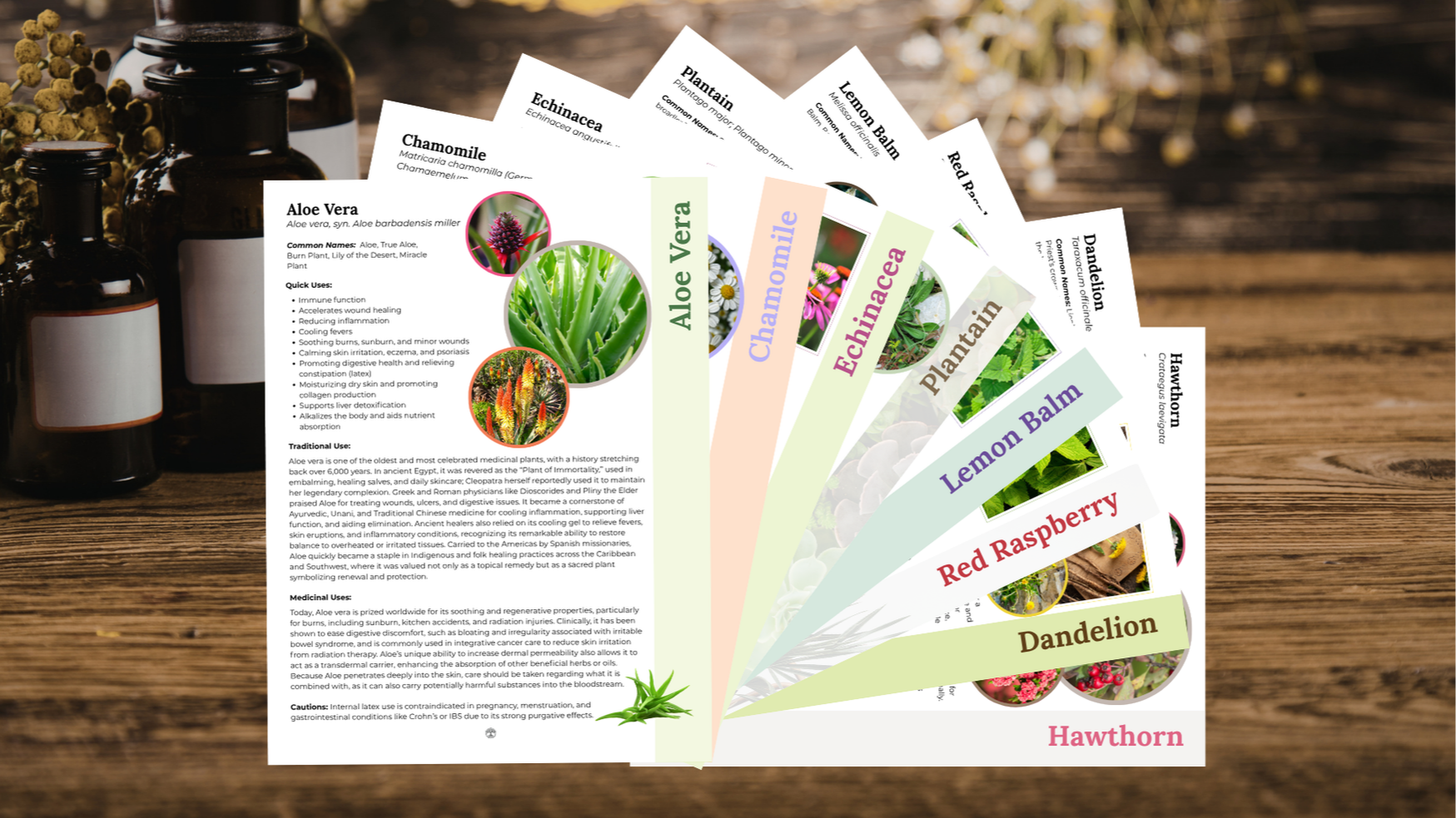The Only Sting That Soothes!
Mar 01, 2023Allergies
In the early summer when I go out to harvest plants and flowers, or when I mow the lawn or when the wind blows, sometimes I will come back in the house and begin to sneeze and get a runny nose. These are allergic reactions to something in the air, likely pollen. I have found natural relief from all kinds of allergy symptoms by using an herb whose Latin name is Urtica dioica, commonly known as Stinging Nettles or Nettles. Nettle leaves have some interesting characteristics.
The most obvious is that if you touch one of the leaves, it stings. Nettle leaves are covered with small hairs that sting. When you touch this plant, you will feel a stinging sensation that may last 5 to 15 minutes. A sane person would try to avoid this plant on their outing, but some people actually look for Nettles. Why you might ask? Let's talk a little about the chemistry of this plant.
The hairs of the Nettle leaf contain several organic acids and neurotransmitter histamines, serotonin and acetylcholine. Nettle leaves also contain powerful antioxidant flavonoids called luteolin. Luteolin is known to have an anti-inflammatory action. Those suffering the pains of Rheumatoid Arthritis or swollen and inflamed joints have traditionally found relief from the anti-inflammatory response that follows the sting of the Nettles plant.
Nutrient Dense
There are so many benefits to this herb! Nettle leaves contain vitamin C and many other vitamins and minerals. It is high in “protein and helps all protein pathways in the body - digestion, immune response, liver metabolism, skin reactions, and kidney elimination” (Wood 2008).
This herb can also be used as a tonic because it is so nourishing to the body. A tonic herb is packed full with nutritional benefits and is taken to strengthen a particular part of the body or specific body organ. It is taken on a regular basis for an extended period of time.
My sister and I use powdered Nettle leaves when we experience any seasonal allergy or allergic reaction. We just mix about half a teaspoon (or more) of the dry powdered herb in a small cup of water, then drink it down. Within a short time, there is a marked decrease in allergy symptoms without any of the side effects often experienced from over-the-counter medications. No Drowsiness or overly dry nasal passages.
Because Nettle leaves are so nourishing you can take more if needed without worry of taking too much. If mixing the powdered herb in water doesn't appeal to your senses, Nettle leaves can also be taken in capsules or as infusion (tea). If you opt for capsules, I suggest 2 to 4 capsules for seasonal allergy symptom relief.
Kelly Summers, is a Master Herbalist & Natural Healing Guide®. She knows that knowledge is empowering and deeply desires to share the insights she has learned through her continued journey of learning.
References
Ganora, Lisa. Herbal constituents: foundations of phytochemistry. Louisville (CO): Herbalchem Press; 2009.
Wood, Matthew. The Earthwise herbal: a complete guide to old world medicinal plants. Berkeley (CA): North Atlantic Books; 2008. Urtica diocia, U. urens. Nettle, Nettles; p. 496.
Wren, R. C. Potter’s New Cyclopaeda of Botanical Drugs and preparations. Essex (England): The C. W. Daniel Company; 1988.



